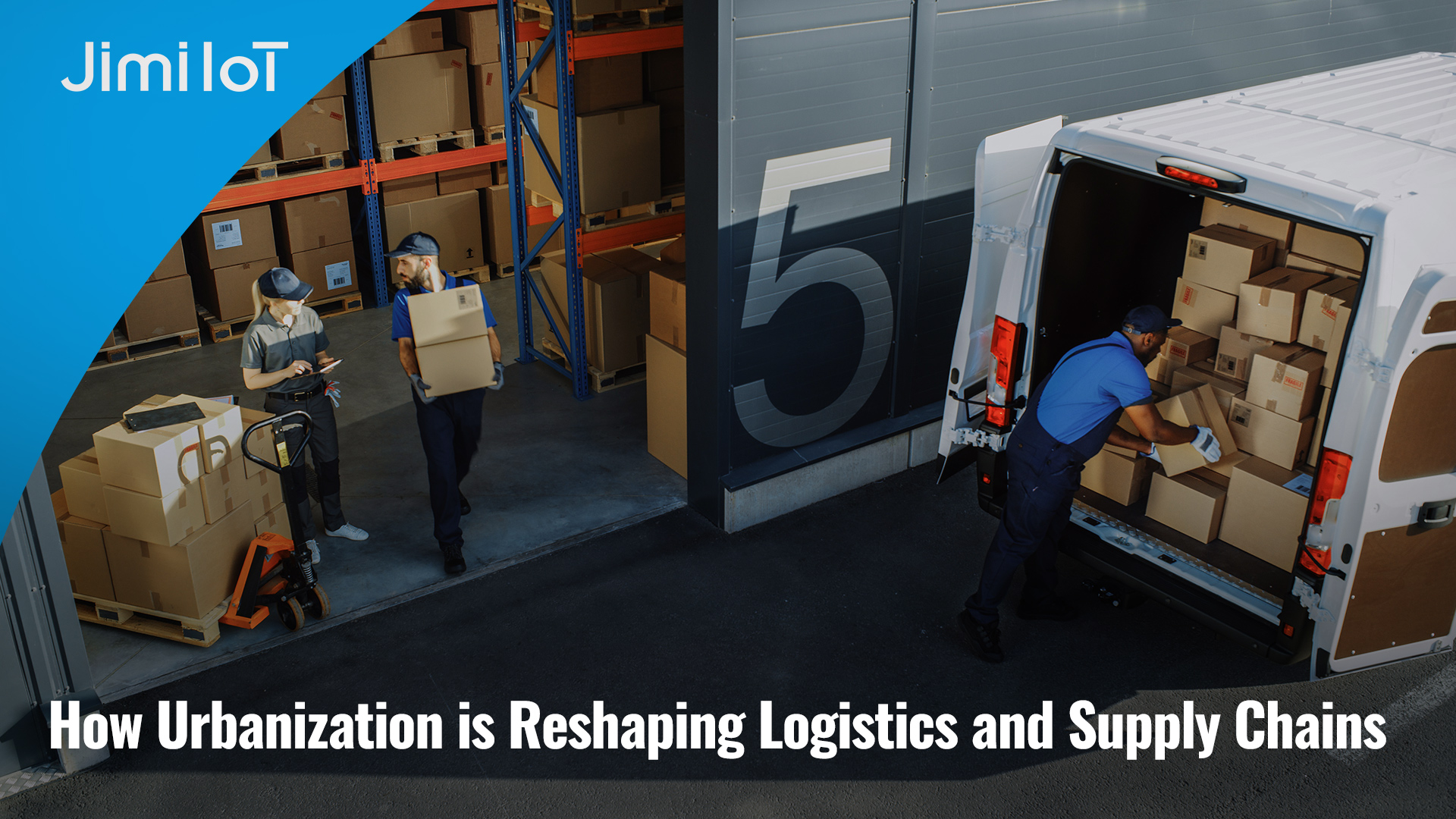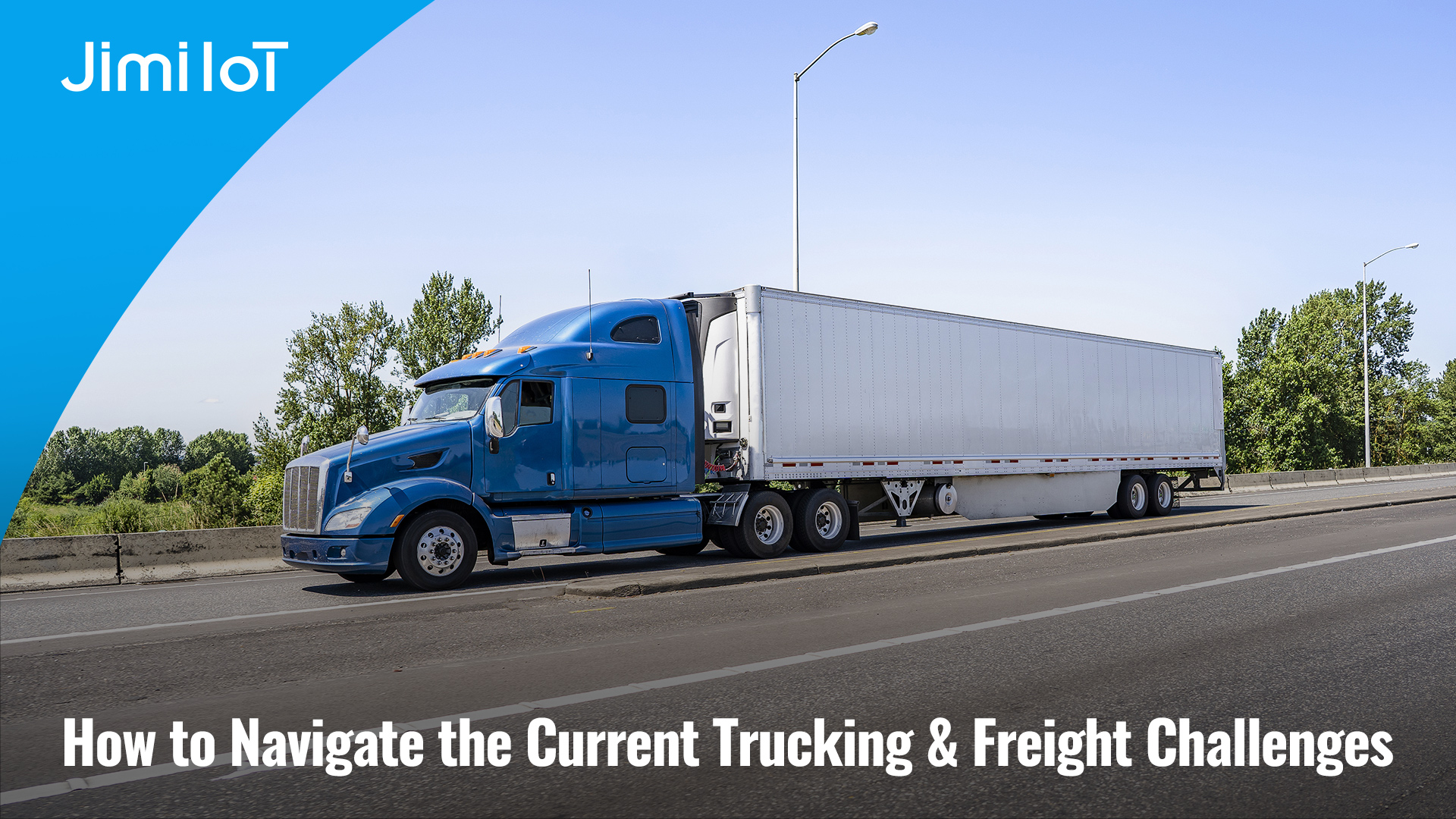Introduction
Urbanization, the large-scale migration of populations from rural regions to urban centers, has dramatically reshaped the global supply chain landscape. As metropolitan areas expand and population densities rise, the demand for more sophisticated, efficient, and sustainable logistics solutions has surged. To accommodate this transformation, businesses are optimizing supply chain networks, integrating innovative technologies, and rethinking infrastructure to support the demands of modern urban life.

The Scale of Urban Growth
The rapid acceleration of urbanization is staggering. According to the World Bank Group, over 56% of the global population—approximately 4.4 billion people—now reside in cities. By 2050, this figure is projected to nearly double. To put this shift into perspective, in 1975, urban populations were only around 1.5 billion, meaning approximately 3 billion individuals have migrated from rural regions to cities over the past five decades. Economic opportunities, enhanced living standards, and better access to essential services have been primary drivers of this demographic transition.
Challenges and Opportunities for Supply Chains
The intensification of urbanization presents both challenges and opportunities for logistics networks. Businesses must devise innovative solutions to navigate the complexities of urban supply chain management while ensuring efficiency, agility, and sustainability.
Rising Demand for Logistics Efficiency
The exponential increase in urban populations necessitates more agile and responsive logistics networks. The World Economic Forum and Accenture report that delivery speed is a key competitive factor in e-commerce, with consumers favoring rapid, reliable shipping options. To address this demand, companies are relocating warehouses closer to end consumers, refining landside logistics operations, and leveraging multimodal transport solutions—including air, rail, and road networks—to streamline last-mile deliveries.
E-Commerce Expansion and Its Logistics Implications
As urbanization fuels digital commerce, logistics networks must evolve to accommodate rising order volumes. With e-commerce revenue expected to surpass $8 trillion by 2027, delivery infrastructure must scale accordingly. Businesses must integrate automated fulfillment centers, advanced tracking technologies, and data-driven inventory management systems to ensure seamless customer experiences across online and brick-and-mortar platforms.
Navigating Last-Mile Delivery Complexities
Congestion, regulatory constraints, and restricted delivery timeframes pose significant challenges to last-mile logistics. Increased urban freight traffic exacerbates delays and heightens greenhouse gas (GHG) emissions. To mitigate these issues, logistics firms are embracing innovative solutions such as drone deliveries, autonomous vehicles, and micro-fulfillment centers strategically positioned within city limits. Additionally, initiatives like Pick-Up and Drop-Off (PUDO) networks and dynamic curbside management are being deployed to enhance operational efficiency and reduce environmental impact.
Infrastructure Limitations and Adaptation Strategies
Aging infrastructure in many urban areas struggles to accommodate rising logistics demands. This necessitates investment in smart warehousing solutions, digitalized inventory systems, and enhanced transportation networks. By collaborating with integrated logistics providers, businesses can gain access to resilient supply chain infrastructures capable of adapting to evolving urban dynamics.
Environmental and Sustainability Considerations
The intensification of urban deliveries significantly contributes to carbon emissions. Projections from the World Economic Forum indicate that urban freight-related GHG emissions could surge by 60% by 2030 if no action is taken. Despite growing consumer preference for eco-friendly delivery options, cost sensitivity remains a barrier to widespread adoption. Companies must adopt sustainable practices, including route optimization, electric vehicle fleets, and carbon-neutral warehousing, to align with global decarbonization efforts.
Enhancing Supply Chain Agility
Urbanization necessitates a highly flexible supply chain ecosystem capable of rapid adaptation to shifting consumer preferences and market conditions. Real-time data analytics, AI-driven demand forecasting, and IoT-enabled tracking solutions enable businesses to optimize inventory levels and enhance operational agility.
Urban Warehousing as a Competitive Advantage
Strategically positioned urban warehouses are becoming indispensable for businesses seeking to optimize logistics performance. Proximity to consumers enables reduced transportation costs, improved delivery speed, and greater supply chain resilience.
Customer-Centric Proximity Strategies
Urban warehouses minimize the distance between distribution centers and end consumers, ensuring faster, more cost-effective deliveries. With modern consumers demanding near-instantaneous fulfillment, same-day and next-day delivery services have become a key differentiator in the retail and e-commerce sectors.
Reducing Transportation Expenses and Carbon Footprint
By decentralizing inventory storage within urban centers, businesses can significantly cut down on transportation costs and emissions. Shorter delivery routes not only lower fuel consumption but also reduce vehicle wear and maintenance expenses. This strategic approach supports both economic and environmental sustainability goals.
Optimized Inventory Management
Urban warehouses, equipped with advanced Warehouse Management Systems (WMS), facilitate real-time inventory tracking, reducing the risks of overstocking or stockouts. This precision ensures a balanced supply-demand ratio, optimizing operational efficiency and reducing unnecessary storage costs.
Resilience in Supply Chain Operations
Distributed warehousing within urban hubs enhances supply chain resilience. By diversifying storage locations, businesses can mitigate disruptions caused by unforeseen events such as natural disasters, labor strikes, or logistical bottlenecks. This strategic dispersion of inventory ensures continuity in product availability even under challenging circumstances.
Adapting to Market Trends in Real Time
Urban proximity allows businesses to rapidly adjust inventory levels and distribution strategies in response to evolving consumer behavior. Real-time data insights empower companies to refine their product offerings and optimize stock allocation based on localized demand patterns.
Conclusion
The rapid advancement of urbanization brings both challenges and opportunities for logistics and supply chain management. To stay ahead, businesses must adopt strategic logistics solutions, invest in urban warehousing, and harness emerging technologies. Enhancing supply chain agility, sustainability, and efficiency is key to thriving in an increasingly urbanized world.
For deeper insights and expert analysis on the latest industry trends, visit our website and stay updated on how businesses are transforming their logistics strategies to meet the demands of urban expansion.
Why JimiIoT
JimiIoT is a global leader in innovative IoT solutions. We provide cutting-edge hardware and software tailored to enhance efficiency and connectivity. Our range of products includes advanced GPS tracking devices, asset management solutions, smart vehicle dashcams, and telematics platforms. With a focus on technological excellence and customer satisfaction, we empower businesses to optimize operations and gain valuable insights from data-driven analytics. Trust JimiIoT to drive positive change and unlock growth opportunities in the digital age.
If you would like more details, please visit Facebook, LinkedIn, INS, and Twitter pages for further information.
 US
US ES
ES PT
PT TH
TH VN
VN JP
JP



